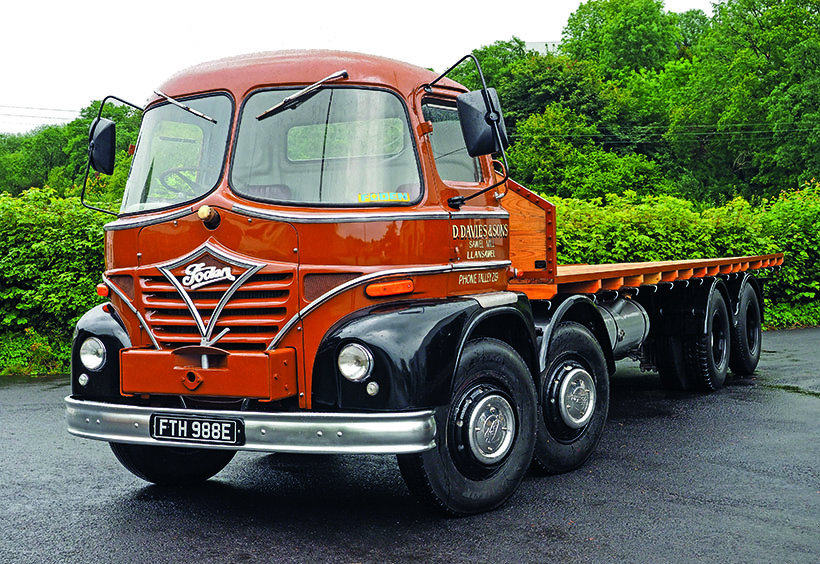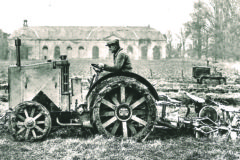Foden S21 returned home at last
Posted by Chris Graham on 6th November 2020
This 1967 Foden S21 returned home after 53 years and has been restored by the son of its original owner. Peter Simpson tells all.

Foden S21 returned home at last: This S21 eight-wheeler has a double-drive chassis-cab unit with Gardner 150 6LX engine and 12-speed gearbox. It cost £4,949 to buy in 1967.
In early 1967, Alun Davies (the ‘son’ in D Davies & Son, a small family-run haulage business in the heart of rural Cardiganshire) bought, via dealership Prails of Hereford, a new Foden S21 eight-wheeler double-drive chassis-cab unit with Gardner 150 6LX engine and 12-speed gearbox. The total cost was £4,949. A few extras were specified, including power steering (£133 extra), a heater and ‘mate’s seat’ in the cab and, for an extra £5, an air pressure warning buzzer. Choosing a 6LX engine over the ‘standard’ 6LW, added a further £26 to the total cost.
Local bodybuilders T Lloyd & Son constructed and fitted a flat body, plus a demountable cattle box and, over the next eight years, the S21 was used on a fairly typical range of work for a rural Welsh lorry at the time, with cattle, animal feeds and timber being the most common loads. Two or three times a month it made a longish return trip with a load of sheep to Galashiels in the Scottish borders; a run which would, of course, have taken in the famous and challenging route over Shap. Another regular run with sheep was to Swindon, via Gloucester, back in the days before the M4.
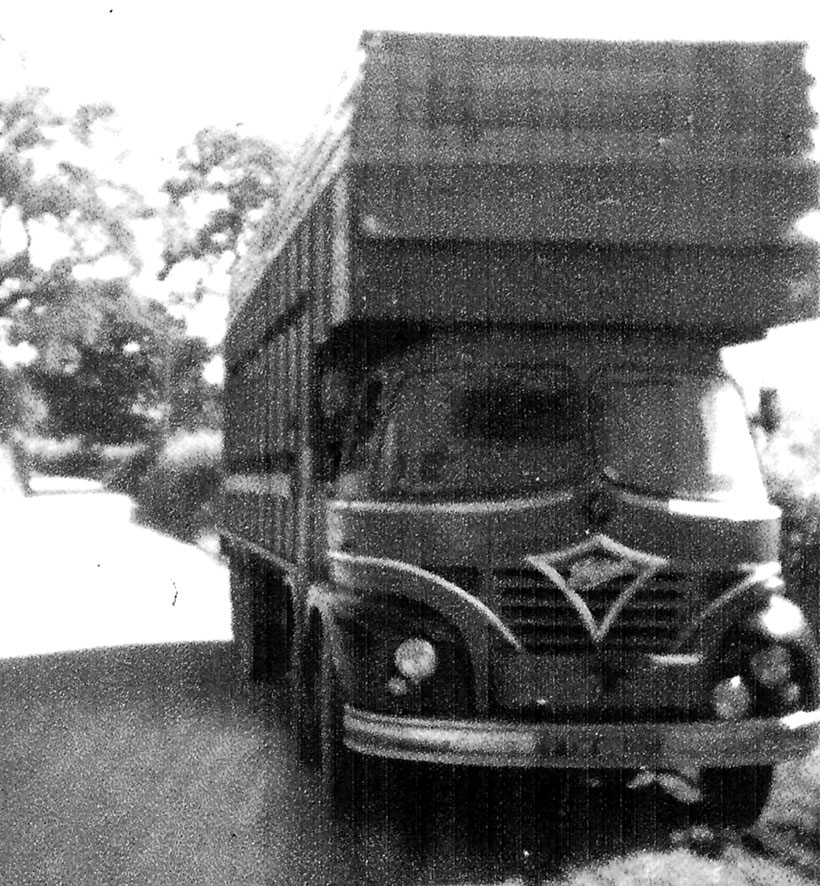
As it was, back in the late 1960s.
In 1975, the S21 was replaced by another Foden – though a Volvo F86 six-wheeler, registration FTH 96L, had also arrived a couple of years earlier. The S21 was sold through a dealer and ended up in fairground service with a large, Luton-type body fitted. At this point, the lorry effectively disappeared from the Davies’ view, though a few photos taken by enthusiasts during this period have emerged.
Alun’s son, Roy, was born in 1961 and, therefore, grew up while the S21 was around; he was six when it arrived and 14 when it left and, like most hauliers sons at the time, spent lots of time in the cab. On leaving school, he initially took an apprenticeship as a mechanic with Beechwood Construction. He passed his HGV Driving Test in 1983 and, the following year, started driving for Lampeter Storage. Self-employment as an owner-driver started in 1986, with a Mercedes 1626 bought from Lampeter Storage. He formed RDH Contractors with his son, Lee, in 2010, and RDH is now a significant, local haulage operation with 16 lorries transporting goods regularly throughout Britain and Europe from its base in Ammanford. Hiab work is something of a speciality, and the company’s lorries often appear on spotting enthusiast websites and in online groups.
Too late – twice!
Anyway, the S21 re-entered Roy’s life in late 2008, when ‘Sammy’ at Llandovery Tyres – which has supplied Roy for many years – drew his attention to a news item in Heritage Commercials magazine, concerning Jeff Priestner’s Dispersal Auction in Warrington. He’d recognised the registration: “Isn’t that your old Foden?” Sure enough, it was; the lorry was being reported as unsold. The photos showed a chassis-cab unit which had clearly been part-restored to a good standard, but was in need of finishing and, of course, a body of some kind.
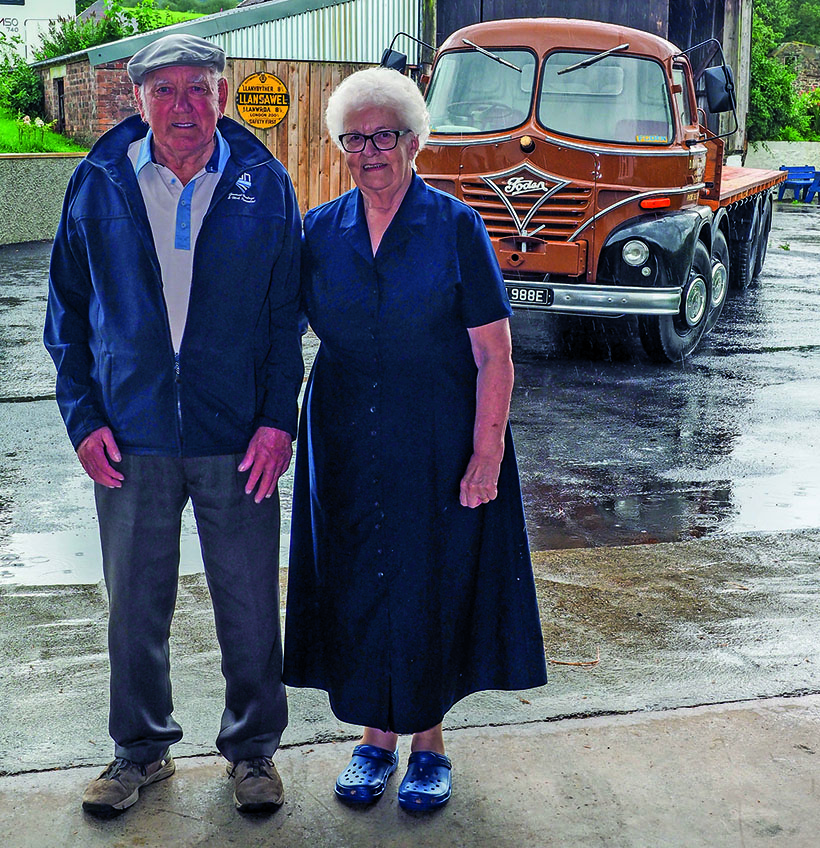
Alun and Mairwen Davies.
Roy contacted the auctioneers as soon as he could. Unfortunately, though, he was too late, as the lorry had already been sold to an enthusiast in Lancashire. They did, however, pass on the buyer’s details. Roy made a call and, after he’d explained who he was and why he was interested, the new owner agreed to sell it for £8,000. Roy arranged to borrow a low-loader and go to fetch it, while dad found the original sales order and the build/specification list from Foden, along with other relevant paperwork.
However, the night before he was due to set off, a snag arose. The owner ‘phoned to tell Roy that he’d changed his mind about selling. Though unsure whether this was a genuine change of heart, or a last-minute attempt to extract a higher price, Roy decided against trying a higher offer and, instead, accepted the decision at face value.
Two years later, however, the owner contacted Roy again to say that the lorry was now for sale and, as he’d messed Roy about last time, he was willing to let him buy it for the price they’d agreed originally. Roy accepted immediately but, this time, he went to collect it the very next day! He didn’t, however, say anything about it to his dad until it was safely back at base, after which he collected him, and took him over to the workshop.
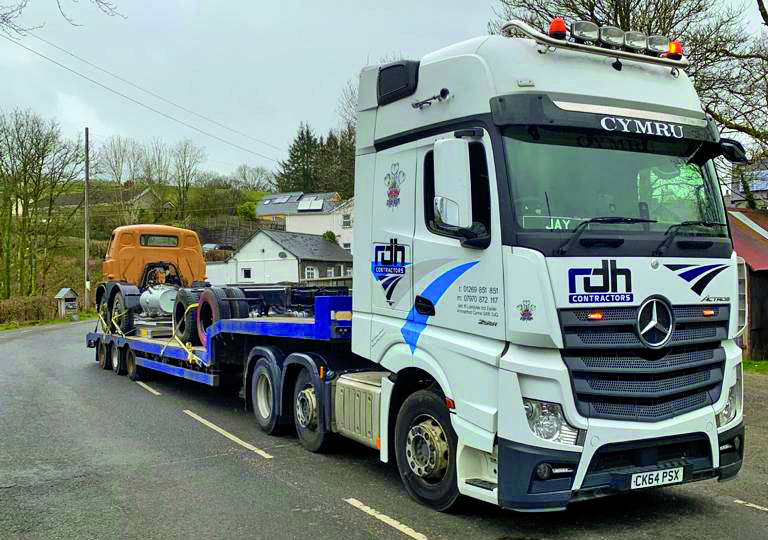
Returning home to Wales from the North West. The first time Roy tried to buy his family’s Foden back, the vendor changed his mind at the last minute. Second time around, to prevent the same thing from happening again, it was collected the very next day!
Needless to say, Alun was ‘somewhat surprised’ that his old lorry was back home. Almost immediately, he climbed into the cab and looked at the wiper mechanism, and recognised it immediately. Or, to put it more accurately, he recognised a repair that had been made to it; that had been the final job he’d done on the S21 before its disposal. Needless to say, it was still intact and functioning.
Though the acquisition of the Foden had been somewhat complex, once the Foden was back with the Davies family there was no urgency to do anything with it and, with the RDH Business always busy, there wasn’t really the time. Accordingly, the S21 was dry-stored for nearly 10 years, on the basis that it would be done when there was time. At this point, we should mention that Roy Davies has other ‘preservation’ interests, including a collection of tractors. The S21 was seen as a retirement or ‘when there’s time’-type of project and, as so often happens, there never seemed to be time…
Lockdown project
Earlier this year, however, Covid 19 and lockdown came. Like many businesses, RDH lost work so, rather than lay off or furlough his workshop staff, Roy extracted the Foden from storage and switched them to working on it. Thus, the lorry was fully restored to the condition seen here in less than six months, with Carwyn Roberts, Rhys Griffiths and Roy himself doing much of the work.

Like many operators in the 1960s and ‘70s, Alun Davies had the wings of his new Foden painted black; easier to touch-up after a minor scrape. This was replicated in the restoration.
Compared to some of the projects we feature in Classic & Vintage Commercials, the S21 wasn’t in bad condition overall at the start; in particular, the cab and chassis were basically sound. The cab needed one or two local repairs before being repainted in two-pack (using the correct extraction facilities, of course). The signwriting was undertaken by Mike Cole. The chassis itself was sound, and needed only cleaning-up and, again, a few localised repairs before being repainted in black.
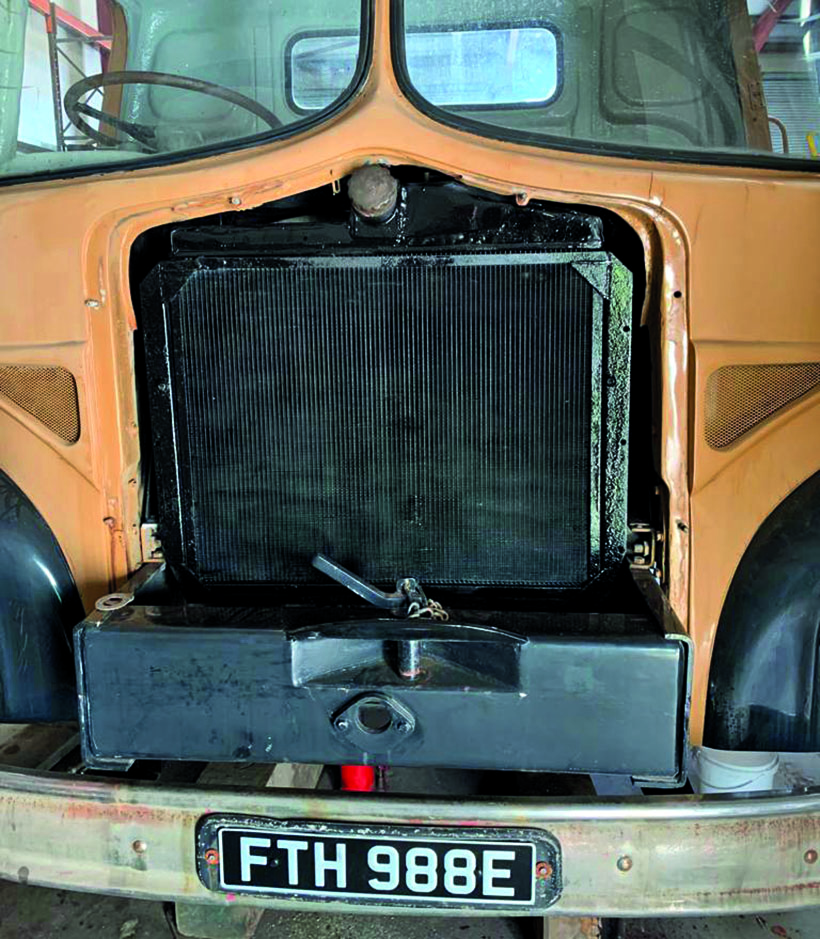
The radiator needed some localised repairs, a thorough flush-out and repainting. Note also the front towing hitch which was no doubt very useful on the fairgrounds, and the original Carmarthen County Council registration.
Most of the work needed was mechanical and fairly typical stuff for a lorry being returned to the road after many years out of use. A lot of time was spent freeing-off things which had seized through standing. The brakes were all relined, including the transmission brake, new air chambers and flexible hoses fitted to the front axles and the rear brake chambers received new diaphragms. The air piping was renewed, and the hub bearings cleaned, inspected and re-greased.
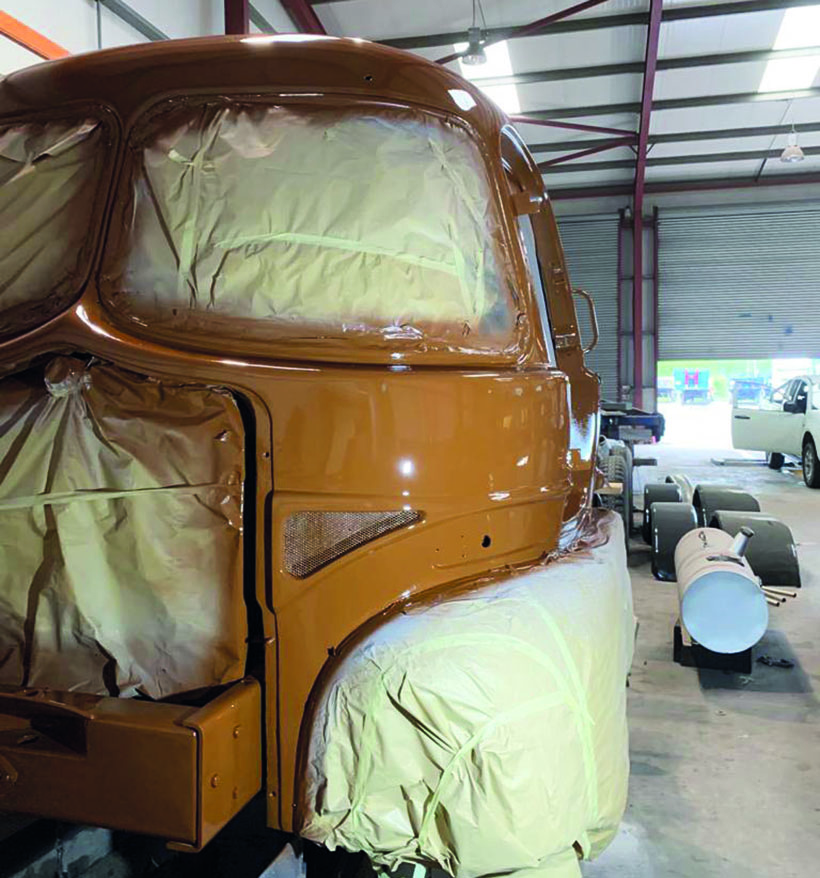
The glassfibre cab was in generally good order, only requiring a little localised repair before being painted.
The engine and gearbox were, in Roy’s words, ‘spot on’ and needed no work beyond cleaning and servicing. The fuel system was, however, worked on with a set of reconditioned injectors being fitted, together with a reconditioned fuel lift pump, pre-filter housing and the usual new fuel lines and filters. A new throttle cylinder and clutch slave cylinder were also fitted.
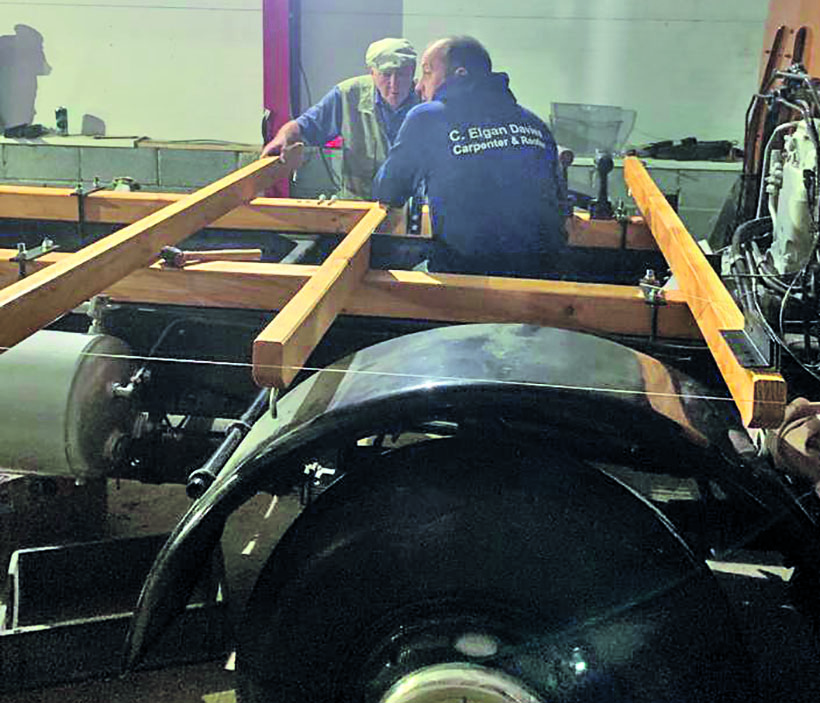
The chassis was sound and came up well using two-pack paint; a modern finish that’s both good looking and durable.
A fair amount of electrical work was also required, including rewiring where necessary. The dynamo and starter were reconditioned, and a new voltage regulator unit fitted. A number of switches in the cab were also renewed, along with, at the front of the cab, the direction indicators, headlights and side marker lights. Unsurprisingly, a set of new batteries was also required. Four new tyres went on at the front, along with two at the rear, these being supplied, unsurprisingly, by Llandovery Tyres.

Working on the radiator panel.
One issue was resolved in a rather unusual, but extremely innovative way. A vital shaft within the power steering system was broken. A lorry breaker had one but, knowing its rarity, was asking £450 for it. Roy thought this was too much, so looked for an alternative solution. He didn’t need to look far. Son-in-law (and father of the two boys in the photo) Ian Jones is a highly skilled lathe operator who works for Renault’s Formula 1 racing team, and is very used to making up one-off and bespoke parts. Using the original as a pattern, he turned a new one in less than three hours.
Locally-built body
That left the body. Here, mainly because he knew that they would do an excellent job but also as a recognition of the S21’s local heritage and its original body having been built locally, Roy employed local carpenters Elgan Davies and Simon McCall who completed the new construction in around four weeks. The wood, too, was sourced and ‘produced’ locally; its Douglas Fir from a sawmill in the village, run by Erwyn and Della Jones. The final part of the body – the headboard – was fitted the night before our photoshoot.

Building the replacement flat body. It was produced by local craftsmen using locally-produced wood from a local sawmill.
And there we have it. This isn’t – and was never intended to be – a concours or prize-winning restoration. Rather, the S21 has been restored, as far as possible, to be as Roy and the rest of the Davies family remember it when they were operating it commercially in the late 1960s and early ‘70s, and looks like it’s recently arrived and is awaiting the next job of work for the local community. Given the timing of its completion, it’s yet to make any show or other appearances and, what happens in that direction remains uncertain. What is certain, though, is that this particular S21, despite having had a somewhat nomadic existence after leaving Cardigan in 1975, is now back, and being preserved, exactly where it belongs. It’s as much a family heirloom and part of the local history, as it is a lorry!
For a money-saving subscription to Classic & Vintage Commercials magazine, simply click here

Classic Foden cab interior has been restored to ‘good working lorry’ condition – exactly as it was, in fact.

Although the engine was in good order overall, the fuel system needed some work and replacement parts.
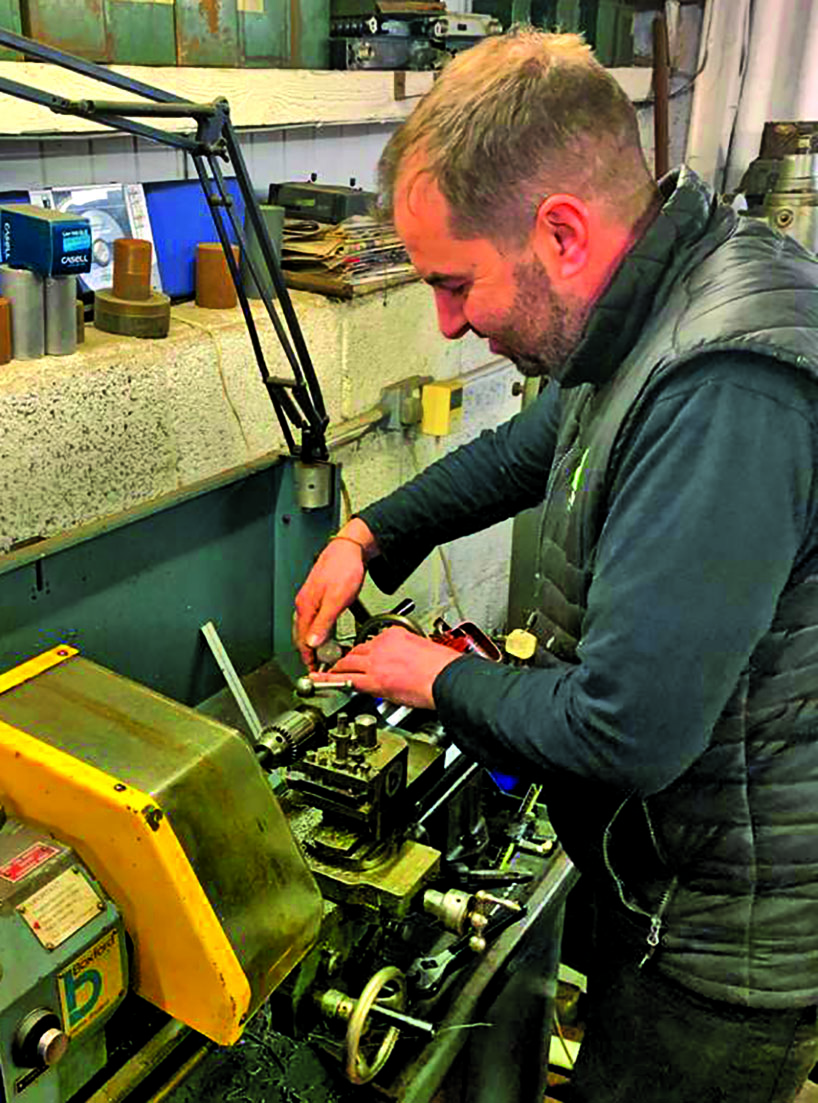
Roy’s son-in-law turning a replacement steering shaft. Skilled work, but no problem for somebody whose day job is making Formula 1 racing car components.
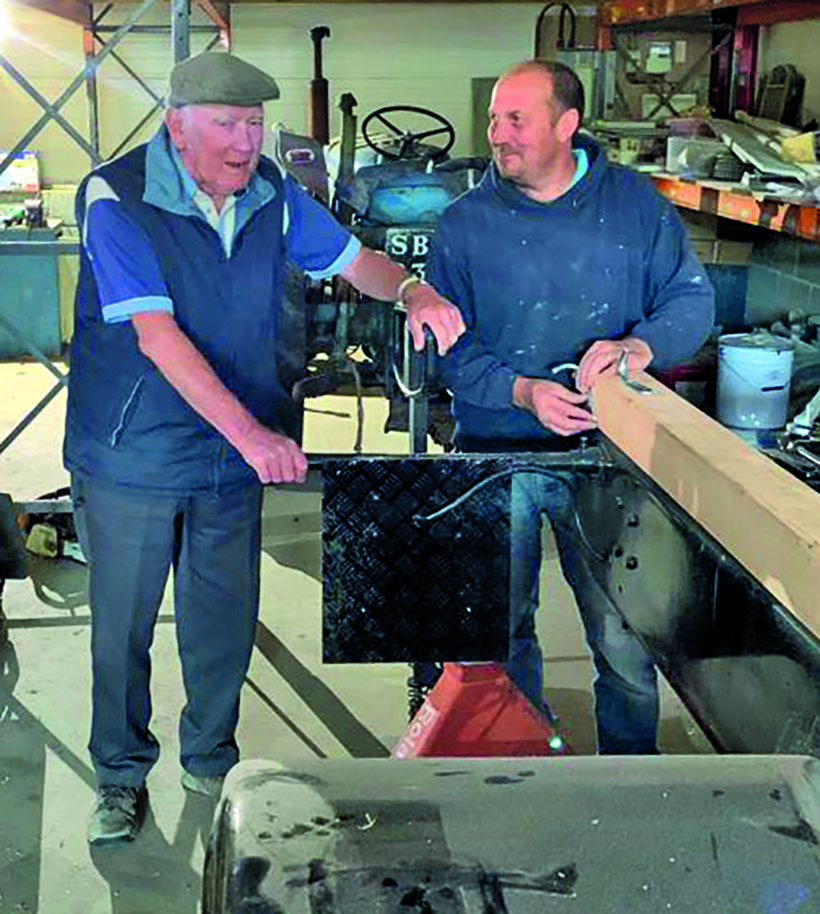
Original owner-driver Alun (left) took – and continues to take – a very keen interest in his old lorry.
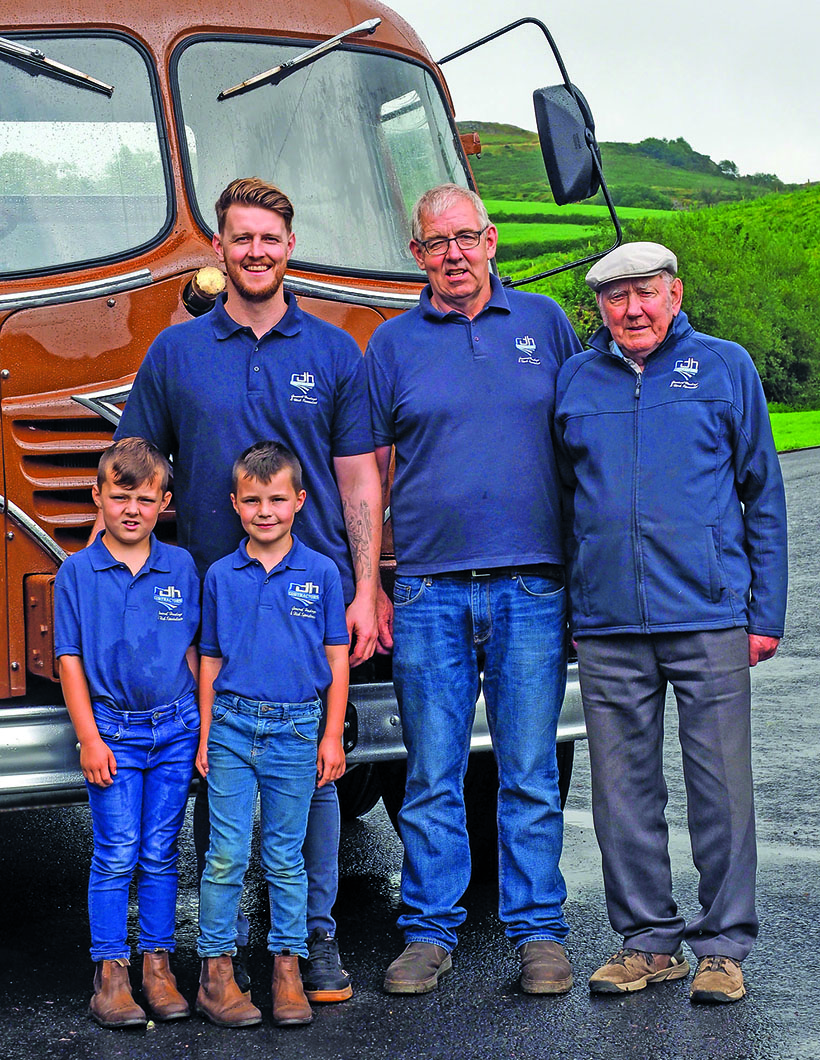
Four generations: From left to right, Nicolas and Joseff Jones, Lee Davies, Ray Davies and Alun Davies.
